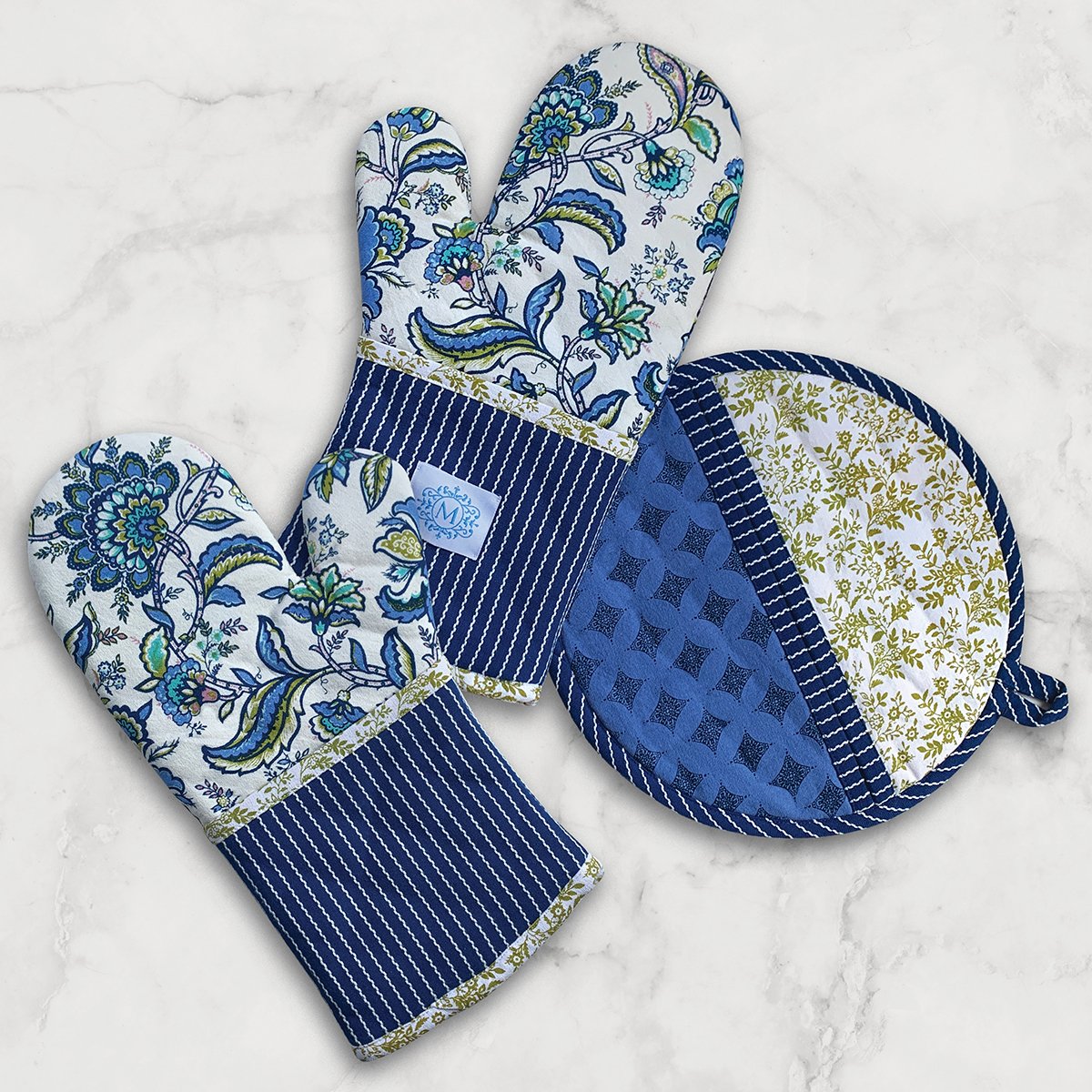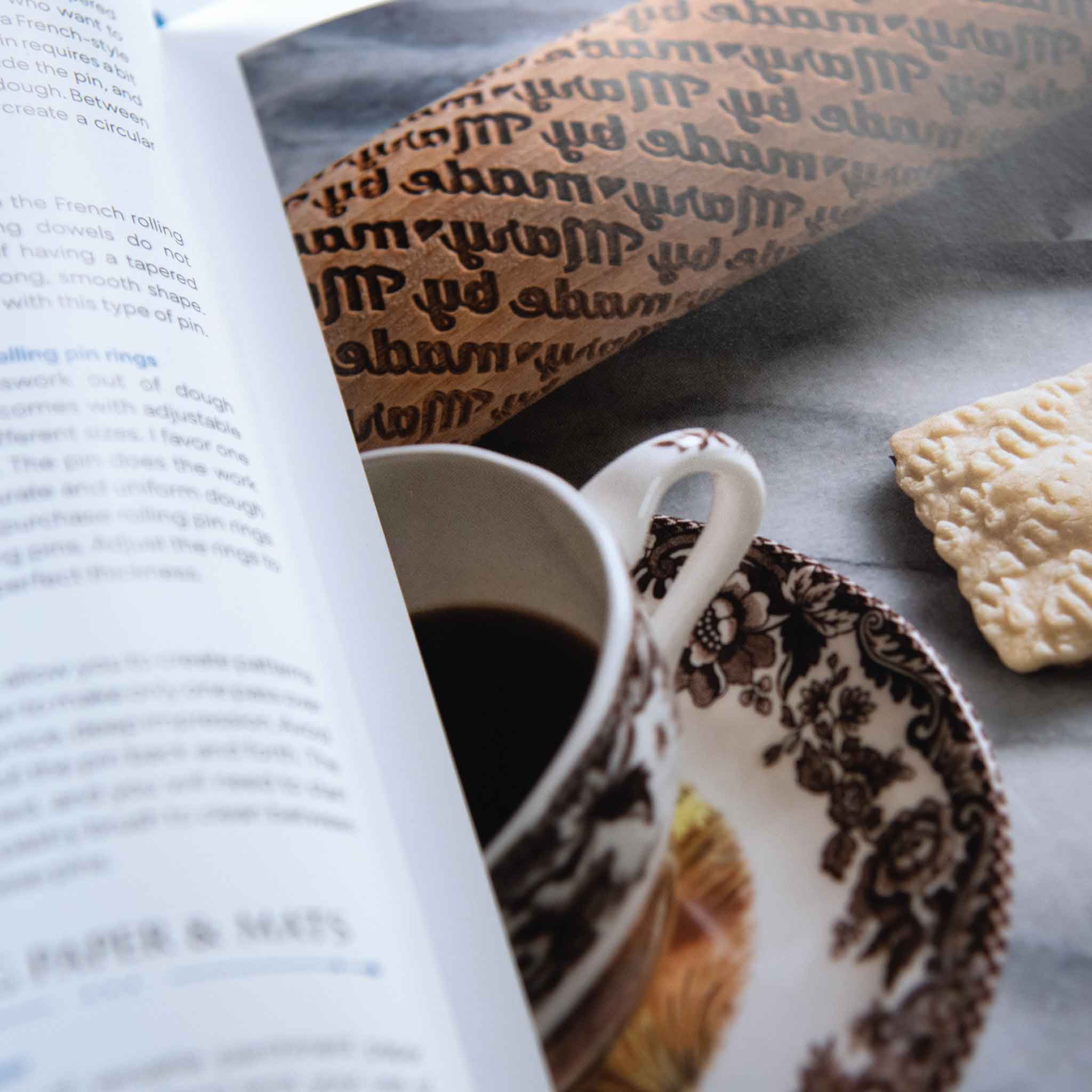The first time I tried panettone was when I lived in Argentina. Kind of funny since I grew up in an Italian-American family in Chicago! You’d think I would have tried it during the holidays growing up—panettone is a major Italian holiday tradition. But in my family, we always had my mother’s delectable fruit cake and Christmas cookies instead. The first thing I noticed about panettone is how tall it is! I love peeling back the paper liner and getting everyone a big slice of this towering Italian bread-meets-fruitcake.

Before we get into the nitty gritty, let’s start with the basics of Pannetone
How to Pronounce Panettone
How do you say “panettone?” Pannetone is pronounced like “pan-a-TONE-ay.” Looks a lot more complicated than it is!
What is panettone?
So, other than tall, impressive, and delicious, what is panettone? Is panettone bread? Is panettone fruitcake? Something else entirely? In general, panettone has a dark exterior like that of a bread and a soft, airy interior like that of a fruitcake. When you make one, you’ll use a sweet dough stuffed with candied or dried fruits, along with your other favorite goodies—in my case, chocolate.
Where does panettone come from?
There are many stories about how the panettone was first developed. My friend Chef Terri Milligan’s favorite version is that it was developed by a Milanese baker trying to get the attention of a beautiful woman who walked past his bakery everyday. He created this beautiful, fragrant bread with vanilla and citrus, and he named, Pan di Toni—or Tony’s bread. Yes, the baker’s name was Tony.
In its early days, panettone was only served during Christmas and New Years, probably because of its rich flavor profile and flashy appearance. Panettone’s distinctive dome-like top is achieved by baking it in a traditional cupula-shaped mold with tall sides. Making a homemade panettone recipe with yeast dough might seem intimidating at first, but this one is foolproof! I use instant yeast because it can be added directly to my other ingredients and doesn't need to be proofed. You’ll love how easy it is, I promise!
What is panettone made of? Hopefully the best ingredients you can find.
Panettone comes in many flavors, but my favorite is chocolate chip panettone. During Christmas, I always have candied orange peels on hand, so I toss those in with the chocolate chips. Perfection! To elevate it even further, I like to serve my panettone with crème anglaise—more on that later. Although it isn’t a DiSomma family heirloom, this homemade panettone recipe is still special for me. It reminds me of the holidays, family and friends coming together, and delicious meals rooted in years of tradition.


Like any good dessert or cocktail, the quality of ingredients you use in making panettone makes all the difference. I like to use good quality bittersweet chocolate like Callebaut or Valrhona, then use a chef’s knife to coarsely chop it. I also add chopped candied orange peel for a bit of color and added sweetness. You can typically find candied citrus peels at specialty grocery stores during the holiday season—or you can also make them yourself. I have a super easy candied citrus peel recipe that I highly recommend!
You will need a panettone mold to make homemade panettone.
It is important to use a panettone mold to make panettone since regular cake or bread molds cannot accommodate the distinctive rise that makes panettone so special. These unique molds have rigid walls that stand on their own—this helps achieve the dome-like top without misshaping the dough. You can bake your panettone in a traditional metal panettone mold that resembles a very tall springform pan or opt for a paper mold. The advantage of the paper mold is you can give it as a gift right in the paper!
How to Decorate Panettone
This one is super simple. I like to top my freshly-baked panettone with pearl sugar. Pearl sugar is made by compressing beet sugar crystals to form larger pieces that do not easily melt in recipes. It looks really beautiful on top of the bread! Here’s how to decorate your panettone with pearl sugar: Open up the oven and brush your panettone with melted butter about 5 minutes before it’s done. Sprinkle the pearl sugar over the melted butter. That’s it!
How do you know when panettone is done?
It can be difficult to know when a dense bread like panettone is done. It may look done on the outside, but the inside might still need a little baking time. Here’s a tip: Use a thermometer to test it! Just insert the thermometer into the center of the bread (go about halfway down). If it reads 190 degrees or more, you are all set. Otherwise, give the bread a little more baking time.
How to Serve and Enjoy Panettone
Panettone is usually served during the holidays, and if you want to get fancy you can top it with a sweet, rich sauce. I love to serve panettone with homemade crème anglaise. I always add a splash of Amaretto to mine! The Amaretto crème anglaise recipe might sound fancy, but is super easy to make and adds a bittersweet depth that pairs excellently with a sweet slice of this cakelike dessert bread. Want to get really fancy? Pair it with a cappuccino or espresso! Sounds like a delicious breakfast to me. Panettone is amazing when it’s still a little warm (not hot) from the oven, but I prefer to wait until it cools down to room temperature before serving. Make sure to peel off the paper before slicing!
Panettone makes a wonderful holiday gift! It’s also great for potluck-style gatherings.
What size panettone mold should I use?
Just like disposable aluminum cake pans, disposable panettone molds are perfect for the holiday season! They are typically made of sturdy paper for easy baking and easy gifting. Traditionally, paper panettone molds have gold designs on the outside, which elevates your gift a little more. You can buy these at specialty stores and online. If you need little treats for the holiday season, you can also get mini panettone molds! Just make sure to watch the baking time!


For a unique holiday gift, add a jar of homemade crème anglaise to your panettone before you deliver it.
This velvety sauce elevates the traditional Italian bread, transforming it into a gourmet dessert experience. Tie a festive ribbon around your mason jar for a thoughtful, delicious complement that adds a touch of homemade charm to your gift. Perfect for spreading holiday cheer with a personal touch! Just make sure to refrigerate it and that your recipient does too—it will last about 3 days when properly stored.
More Recipes Like This
Holidays are all about cakes and cookies. If you’re looking for more sweet ideas for your family dinners or to give as wonderful delectable gifts, here are some of my favorite holiday cakes and bakes!

Italian Panettone Recipe with Chocolate and Candied Orange Peel
Ingredients
- 4 cups all-purpose flour
- 2 teaspoons salt
- ¼ cup granulated sugar
- 2½ teaspoons (1 envelope) instant yeast
- 1½ cups whole milk
- ½ cup boiling water
- 5 tablespoons unsalted butter, melted, divided
- 1 teaspoon Mary’s Cognac Barrel-Aged Vanilla Extract
- 2 teaspoons softened unsalted butter to grease the pan or pans
- 6 ounces bittersweet chocolate, coarsely chopped
- 6 ounces chopped Homemade Candied Citrus Peels
- 1 tablespoon melted unsalted butter
- Pearl sugar
- Crème Anglaise: Simple Vanilla Custard Sauce
Instructions
- In a mixing bowl, whisk together the flour, salt, sugar, and instant yeast.
- In another large mixing bowl, combine the milk, water, 4 tablespoons of the melted butter (set that last tablespoon aside), and vanilla extract. Stir to combine. Because you're using instant yeast, it doesn’t need to be proofed and can be added directly into the liquids.
- Using a silicone spatula, slowly stir the flour mixture into the liquid mixture. Mix until the liquid is absorbed and your dough is a sticky ball.
- Cover the bowl with a damp kitchen towel or with plastic wrap. Place it in a warm spot in your kitchen and let the dough rise for 1½ to 2 hours. The dough should double in size.
- Set your oven rack in the middle with any extra racks below it, so your panettone has plenty of room to rise. Preheat the oven to 375 degrees.
- You can use a traditional panetonne metal mold or a paper mold. If you’re using the metal mold, use the remaining 1 tablespoon of melted butter, brush the inside of the panettone mold. If you’re using a paper mold, opt for nonstick cooking spray.
- Sprinkle the chocolate and candied orange peel over the top of the dough. Using two forks, deflate the dough by releasing it from the side of the bowl and pulling it toward the center. Rotate the bowl in quarter turns as you incorporate the chocolate and orange and gently deflate the dough. You should end up with a ball-like mass of dough.
- Using your two forks again, lift the dough to transfer it into the prepared mold. If the dough is too wet to transfer with the two forks, lightly grease your hands with butter or oil and transfer it to the mold. Do not cover it! Let the dough rise in a warm area of your kitchen (I like to put it close to—but not on top of—the oven). The dough should double in bulk in about 30 minutes. Don’t worry if the dough does not go up to the rim. It will rise some more during the baking process.
- Set the filled panettone mold on a baking sheet. Bake on the middle rack for 40 to 45 minutes or until the top is nicely browned. If you opted for miniature panettones, bake for 10 minutes at 375 degrees, then reduce the heat to 325 degrees and continue to bake for 20 minutes. If your panettone is getting too brown on top before it’s done, you can cover it loosely with a piece of aluminum foil.
- If you are using the pearl sugar garnish, carefully brush the top of the panettone with the melted butter 5 minutes before it is done, then sprinkle the top with the pearl sugar. A good way to check if the panettone is done is to insert a long skewer in the center. If it comes out clean, your panettone is done! An even better way is to check the internal temperature—check out the blog article above for more on this.
- Remove your panettone from the oven and let it cool for 1 hour before unmolding. If you are using paper molds, you don’t have to worry about that one!
Notes
40 to 45 minutes for full size, 30 minutes for miniature size




































































